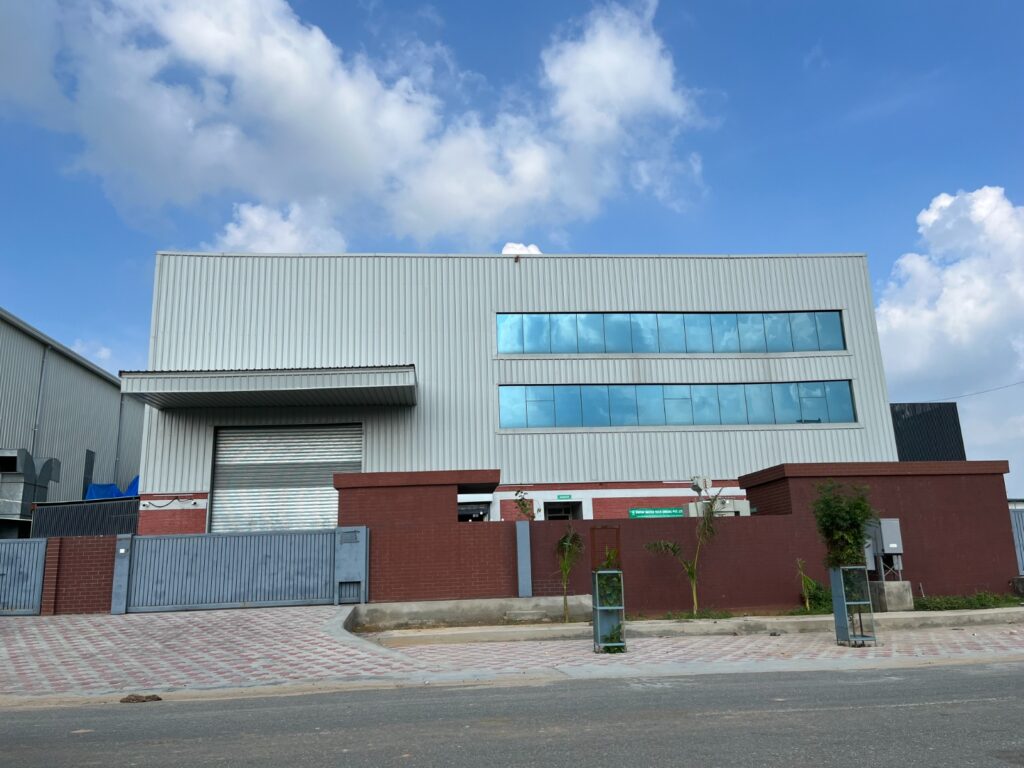Applications
Rice and Sugar Industry
Water and wastewater treatment in the sugar and rice industry is crucial for ensuring efficient production processes, maintaining product quality, and minimizing the environmental impact.
Here are some key aspects of water and wastewater treatment in these industries:
Sugar Industry:
- Water Intake and Screening: Water is sourced from rivers, wells, or other natural sources and undergoes preliminary screening to remove large debris and solids.
- Clarification: The water is subjected to clarification processes, such as sedimentation or flotation, to remove suspended solids, organic matter, and impurities.
- Filtration: Further filtration processes, such as sand filtration or multimedia filtration, are employed to remove finer particles, ensuring the water’s clarity and reducing the risk of clogging in downstream processes.
- Ion Exchange and Softening: Ion exchange resins are used to remove ions that may cause hardness, such as calcium and magnesium ions, from the water. This process helps prevent scaling and improve the efficiency of the sugar production equipment.
- Reverse Osmosis (RO): Reverse osmosis may be employed to further purify the water by removing dissolved solids, organic compounds, and other contaminants. RO systems help in obtaining high-quality water for specific sugar production processes.
- Cooling Tower Treatment: Cooling towers are commonly used in the sugar industry for heat removal in various processes. Water treatment programs are implemented to control scale formation, corrosion, and microbiological growth within cooling towers, ensuring their optimal performance and preventing system fouling.
- Wastewater Treatment: Wastewater generated during sugar production processes, such as washing, cleaning, and molasses separation, requires treatment before discharge or reuse. Wastewater treatment processes typically involve sedimentation, biological treatment (activated sludge, anaerobic digestion), and potentially advanced treatment techniques to meet effluent quality standards and minimize environmental impact.
Rice Industry:
- Water Intake and Screening: Water used in the rice industry is primarily sourced from rivers, canals, or reservoirs and undergoes initial screening to remove large debris and particles.
- Pre-Treatment: Pre-treatment processes may include sedimentation, coagulation, and flocculation to remove suspended solids, organic matter, and contaminants present in the water.
- Parboiling Water Treatment: Parboiling is a common process in the rice industry, involving soaking, steaming, and drying of rice grains. Water used in parboiling requires treatment to ensure its quality and avoid contamination of the rice. Filtration, disinfection, and chemical dosing may be employed to maintain water quality during parboiling.
- Wastewater Treatment: Wastewater generated during rice milling processes, such as washing, soaking, and polishing, requires treatment to remove solids, organic matter, and other contaminants. Wastewater treatment systems often include sedimentation, biological treatment (such as aerated lagoons or constructed wetlands), and possibly advanced treatment methods to meet effluent discharge standards and minimize environmental impact.
- Effluent Recycling: Efforts may be made to recycle and reuse treated wastewater within the rice industry for purposes such as irrigation, cleaning, or other non-potable applications. This helps reduce freshwater consumption and conserve water resources.
The specific water and wastewater treatment processes employed in the sugar and rice industries may vary depending on the scale of operations, local regulations, and the desired water quality standards. Implementing effective treatment processes ensures sustainable production practices, protects water resources, and minimizes the ecological footprint of these industries.

